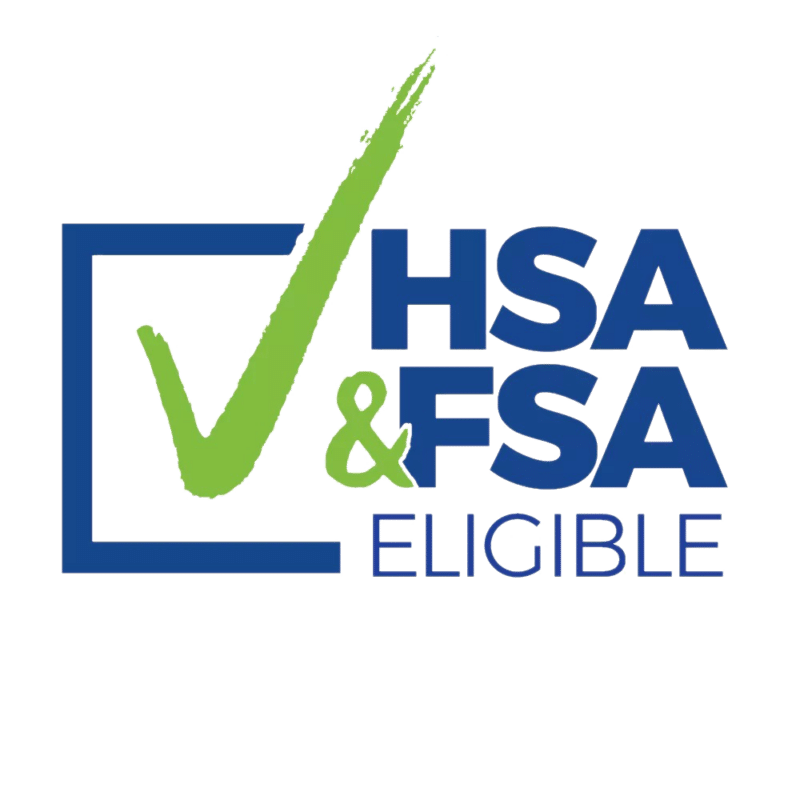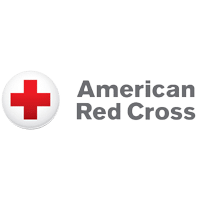AED's
Why an AED for Your Church Makes Sense
In places of worship and community gathering like St. Mary’s Church, safety and compassion go hand‑in‑hand. Ensuring the physical well‑being of the congregation is part of serving others. One crucial way churches can show this care is by investing in a portable life‑saving device known as an Automated External Defibrillator (AED). While churches are often focused on spiritual and fellowship needs, installing an AED is a powerful practical step that addresses an often overlooked risk: sudden cardiac arrest (SCA) among attendees of all ages.
The Critical Statistics on Sudden Cardiac Arrest in Public Gatherings
Time is literally life when someone collapses with SCA. Studies show that for every minute without effective CPR or defibrillation, a victim’s chance of survival drops by approximately 10 %. In a house of worship context, this statistic takes on extra meaning: while services, events, and fellowship gatherings draw many people—often including older adults or those with underlying health‑challenges—the likelihood of immediate professional medical intervention may be delayed compared to everyday settings. Therefore, being “first responder ready” becomes especially important. Equipped with an AED, a church can bridge that gap.

Why Churches Specifically Should Prioritise AED Placement
High‑density guest occasions
Between worship services, weddings, funerals, and social events, churches host large numbers of people at once. Each attendee increases the chance that an unexpected health incident could occur.
Diverse age groups and health profiles
Congregations often include seniors, families, and individuals with chronic illnesses, all of whom may have elevated risk of cardiac events.
Time‑to‑treatment risk
Many church buildings may be situated in settings where emergency medical services take longer to arrive. Having an on‑site AED can reduce that crucial response time — and that means improved survival prospects.
Moral and legal responsibility
While not every jurisdiction mandates AEDs in churches, a faith community that hosts assemblies has a practical duty of care to its members and visitors. Equipping the facility appropriately reflects responsible stewardship of people and resources.
Key Steps to Implementing an AED Program in Your Church
1. Select the Right Device & Budget for It
Research AED models that are user‑friendly for lay volunteers, clearly labelled, and come with maintenance support (batteries, replacement electrodes, signage). Some models also support children/pediatric pads or multiple languages.
2. Identify a Strategic Location
The AED should be placed where it is easily visible, accessible and near the highest‑traffic area of the building (sanctuary entrance, fellowship hall, etc.). It should be mounted in a way that anyone can reach it quickly and should be clearly signed.
3. Assemble & Train a Response Team
Recruit a small team of volunteers (ushers, staff, youth‑group leaders) to become certified in CPR and AED use. Regular drills help everyone stay ready for a real event. Designate roles (who will retrieve the AED, who will call 911, who will direct responders) ahead of time.
4. Create a Written AED Policy
Clarify who is authorised to use the AED, how it is maintained (battery/pad checks), how incidents are reported, and where documentation is stored. A policy fosters accountability and demonstrates preparedness.
5. Raise Awareness with the Congregation
Let people know the AED is there: include a notice in bulletins, add signage, present a brief announcement during service. Awareness lowers hesitation if an emergency occurs.
6. Maintain and Monitor Your Equipment
An AED is only useful if it’s functional. Schedule monthly checks of readiness indicators, ensure replacement pads are in date, and consider registering the device with local EMS or AED registries.
Overcoming Common Concerns & Misconceptions
- “It’s too expensive.” While upfront cost may appear high, look into grants, community partnerships, and fundraising campaigns. Many local health systems or nonprofits help faith‑based groups acquire AEDs.
- “What if someone misuses it or we’re liable?” Most jurisdictions have Good Samaritan protections for AED use in good faith. Moreover, AEDs are designed for lay users and give voice/visual prompts, making misuse unlikely.
- “We don’t have many risk‑cases.” Even if your congregation is relatively young and healthy, the unpredictability of SCA means any week could bring a member, guest, or volunteer in need. It’s a case of preparedness rather than assumption.
- “We’ll rely on calling 911.” While emergency services play a vital role, studies consistently show that survival hinges on early intervention, ideally before EMS arrival. The presence of an AED can effectively buy essential time.
The Bigger Picture: Creating a Culture of Safety and Care
Installing an AED in a church isn’t just a medical or logistical move—it reflects the community’s values. It says, “We care enough to be ready for the worst — so that our gathering remains a place of hope, not fear.” By integrating AED readiness into the broader safety plan (fire drills, first‑aid kits, evacuation routes), the church becomes a stronger safe‑harbour for everyone.
When the congregation knows that leaders have taken steps to protect them, it fosters trust and lets worship focus on spiritual matters rather than worry. It also offers a practical form of ministry: protecting life, helping neighbours, and showing that faith translates into action.
Final Thoughts
Every second counts in a sudden cardiac arrest scenario. When a church is equipped with an AED from Calmed Equipment, trained volunteers, and a clear policy, it vastly improves the chances of a positive outcome. While we hope such devices are never needed, the peace of mind they provide is unmistakable. It’s a worthy investment in the safety, dignity and care of your community.
By prioritising readiness in this way, your church can not only preach about life, hope and compassion—but also live it, in the most literal and life‑saving sense.






